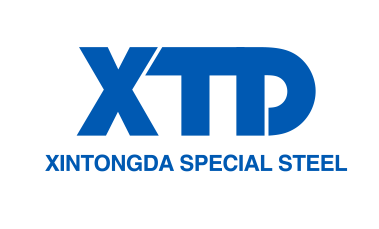1. Introduction:
Hastelloy B-2 (UNS N10665) is a nickel-molybdenum alloy renowned for its exceptional resistance to reducing environments. Let’s delve into its key features, techniques, and industrial applications:
2. Characteristics:
-
Corrosion Resistance:
-
Hastelloy B-2 provides significant resistance to:
- Hydrogen chloride gas
- Sulfuric acid
- Acetic acid
- Phosphoric acid
- It excels in non-oxidizing acid environments.
- Avoid oxidizing media or iron/copper presence in hydrochloric acid systems to prevent premature failure.
-
Hastelloy B-2 provides significant resistance to:
-
Heat-Affected Zones:
- Resists grain boundary carbide precipitates in weld heat-affected zones.
- Suitable for most chemical process applications in the as-welded condition.
-
Pitting and Stress Corrosion Cracking:
- Demonstrates excellent resistance to pitting and stress corrosion cracking.
3. Techniques:
- Formability: Hastelloy B-2 can be formed with proper precautions.
- Welding: Uniform corrosion resistance due to reduced carbide precipitation in weld zones.
4. Applications:
-
Chemical Process Industry:
- Sulfuric, phosphoric, hydrochloric, and acetic acid handling.
-
High-Temperature Strength:
- Suitable for inert and vacuum atmospheres.
-
Acetic Acid Production:
- Resists strongly reducing chemicals.
Remember, Hastelloy B-2 (UNS N10665) combines resilience and corrosion resistance, making it a reliable choice for critical applications.
